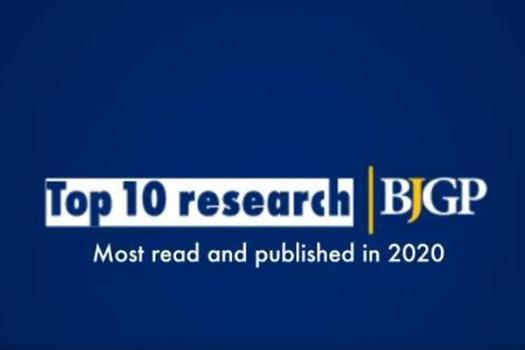
Revealing the unequal impact of Covid-19
CEG produced one of the earliest research papers that demonstrated the population was not equally affected by Covid-19. It went on to become one of the most read papers of 2020 in the British Journal of General Practice.
The challenge
When Covid-19 started to take hold in the UK, it was difficult to know how widespread the epidemic had become. With little to no testing in the community, the earliest indications came from data on hospital admissions and deaths. But hospital data missed the huge proportion of people who had Covid symptoms but were not ill enough to be admitted. Data on hospital admissions and deaths also presented a delay that made it impossible to react quickly to changes in the pandemic - there were usually several weeks between a person contracting Covid and becoming seriously ill.
What we did
We counted suspected diagnoses of Covid-19 by searching key terms in the electronic health records held by GPs, using data from 1.2 million patients across east London. CEG informaticians presented the data as interactive dashboards showing near real-time suspected infections by borough, Primary Care Network and individual GP practice. This knowledge gave local authorities an early indication of the rising epidemic.
Age, gender and ethnicity are already recorded in most GP records in east London, so we could compare the rates of infection in different demographics, and between different localities. We found that people from South Asian and Black ethnic backgrounds were catching the virus at a much higher rate than the white population. During the second wave, in Tower Hamlets, people of South Asian descent were dying from Covid-19 at three times the rate of the white population.
As the vaccination programme began, primary care data also revealed South Asian and Black populations were less likely to be vaccinated. In the over-80s in Tower Hamlets, for example, vaccine uptake was 71 per cent in the white population but only 37 per cent in the South Asian population and 26 per cent in the Black population. Worryingly, the same groups at a higher risk of catching Covid-19 and dying from it were also the least likely to be protected.
Reducing inequalities
We alerted our network of GPs, commissioners and local authorities across north east London and supported them to act on the evidence. CEG dashboards informed public health initiatives to build trust and understanding among communities where vaccine uptake was lowest. These included videos for social media, interactive webinars, a new vaccination centre at the East London Mosque, and working with imams to allay fears and address misinformation.
Six weeks later, the gap in vaccination uptake by ethnicity had already started to narrow. Vaccine uptake in Tower Hamlets stood at 86 per cent in the white population, 71 per cent in the South Asian population and 58 per cent in the Black population.
Dr Kambiz Boomla talks to OneLondon about our early work on Covid-19
National impact
Our figures were highlighted on national television and in Parliament, contributing to the wider picture and nationwide effort for vaccine equity.
Special thanks to Luke Readman, Regional Director of Digital Transformation at NHS London, and Somen Banerjee, Director of Public Health at Tower Hamlets Council, for their efforts in disseminating our analyses and enabling teams on the ground to act.
Team
Dr Sally Hull, Dr Kambiz Boomla, Crystal Williams and Dr Chris Carvalho, in collaboration with Mark Ashworth at King’s College London.
More information
- Research paper: Prevalence of suspected COVID-19 infection in patients from ethnic minority populations: a cross-sectional study in primary care. Sally A Hull, Crystal Williams, Mark Ashworth, Chris Carvalho and Kambiz Boomla. British Journal of General Practice.
Header image by SELF Magazine. Photographer: Heather Hazzan. Licensed under CC by 2.0.


